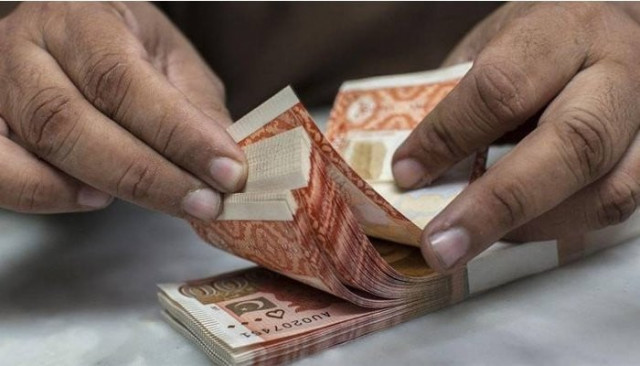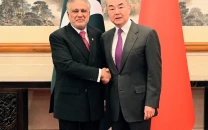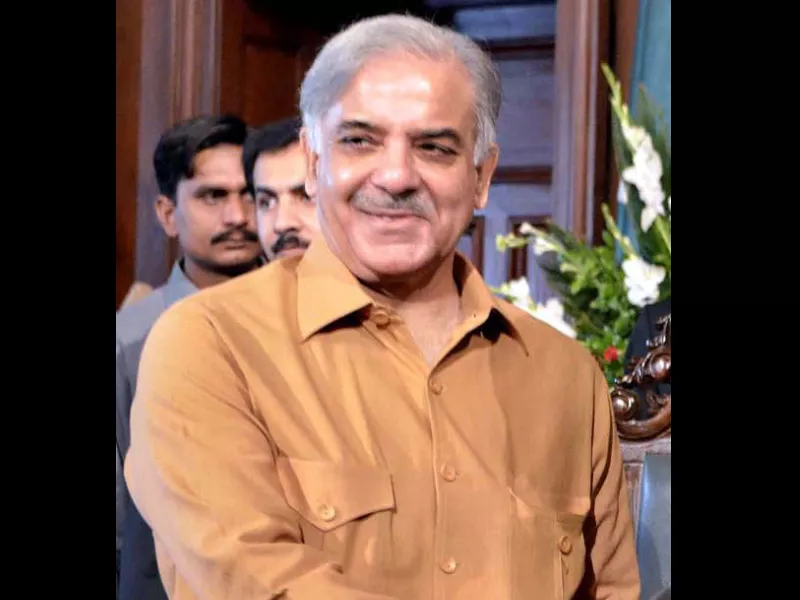Dealers move to arrest rupee fall
ECAP decides to let currency depreciate gradually after rupee hits 252.5 to a dollar

In the fast-developing situation, currency dealers have now decided to let the rupee depreciate gradually against the US dollar instead of coming down in one go in order to avoid panic in the open market.
Following their decision on Tuesday, the dealers removed a self-imposed cap on the rupee-dollar exchange rate on Wednesday. They devalued the local currency by 4.55% or Rs11.5 to Rs252.5 against the greenback in the morning compared to Tuesday’s closing of Rs241.
They, however, reversed the rate to Rs243 per dollar later in the day “after the central bank assured to supply US dollars in the market [commercial banks and currency dealers],” Exchange Companies Association of Pakistan (ECAP) General Secretary Zafar Paracha told The Express Tribune.
The rupee was devalued by almost 1% (Rs2) on a day-to-day basis and closed at $243 to a dollar in the open market on Wednesday, as dealers decided to let the Pakistani currency devalue gradually over a period of time instead of in one go, like it happened on Wednesday morning.
The rupee would continue to lose value by Rs1-2 almost every day. “The fair value of the domestic currency is projected at Rs255 in the open market under the given working environment,” Paracha said. The decision was taken by ECAP at a meeting held during the day.
Paracha said that the dealers partially reversed the rate during the day after the State Bank of Pakistan (SBP) Deputy Governor Inayat Hussain directed the central bank’s cash management team to supply dollar to banks and exchange companies.
Hussain also invited the dealers for a review of the situation in the market. “The SBP would supply cash [US dollar] from the commercial banks and currency dealers’ deposits at the central bank instead of from the country’s foreign exchange reserves,” Paracha added.
Earlier, the dealers were denied the dollars supply from their own deposits. Accordingly, the dollar supplies dried up, while rupee-dollar exchange rate was artificially overvalued in the open market. ECAP had now decided to let the rupee depreciate to its market value.
Earlier, the dealers had artificially kept local currency overvalued. They had placed a cap on the exchange rate to supply foreign currency at lower price in the market. The exercise, however, gave birth to a currency black market, where dollar was available at Rs250-260.
People were buying dollars from the open market at Rs241 and selling in black at Rs250-260 to mint money, Paracha said. The cap removal would eliminate the black market, increase inflows into formal markets and available to public for international travelling, education and medical purposes, he added.
Muhamad Sohail, CEO of the Topline Securities, said that the exchange companies decided to remove the cap on rupee-dollar exchange rate “signalling [the] government was accepting the IMF [International Monetary Fund] demand [to let market forces determine rupee-dollar parity].”
The IMF has demanded of the government to end its control over rupee-dollar exchange rate in the interbank market and let the market forces determine the rate, considering demand and supply of the greenback in the system.
In the interbank market, the local currency depreciated by 0.21% or Rs0.49 to Rs230.89 against the greenback on Wednesday compared to Rs230.40 on Tuesday.
Gold glitters
Gold maintained upward trend. Its prices rose by Rs1,300 on a day-to-day basis and hit a new all-time high of Rs190,600 per tola (11.66 gram).
The All Pakistan Sarafa Gems and Jewellers Association (APSGJA) revised up the rate despite a fall of $13 to $1,925 per ounce (31.10) in international market.
The APSGJA President Haji Haroon Chand said that the price had maintained an upward trend because of the demand coming from investors in the country. He added the people had continued to invest their savings in gold to avoid devaluation in the rupee after they failed to buy US dollars.
People were earlier investing in the dollar. The unavailability of foreign currency pushed them to invest in gold, he said, adding that the exchange companies’ decision to devalue the rupee impacted gold. “The devaluation impacts gold price, as the country meets demand for the precious metal through imports.”



















COMMENTS
Comments are moderated and generally will be posted if they are on-topic and not abusive.
For more information, please see our Comments FAQ